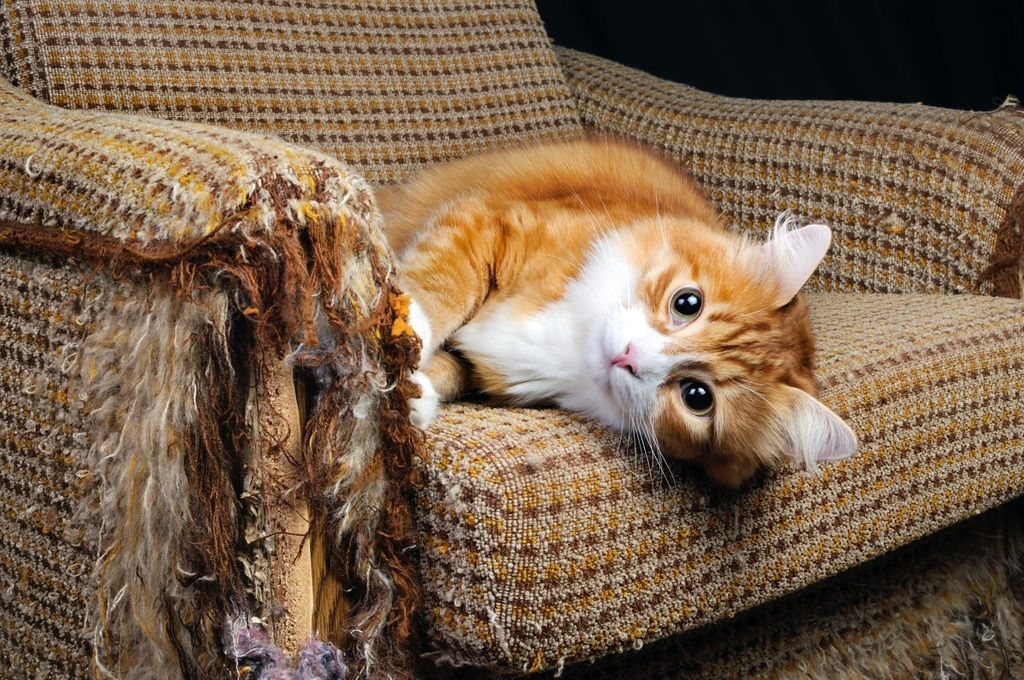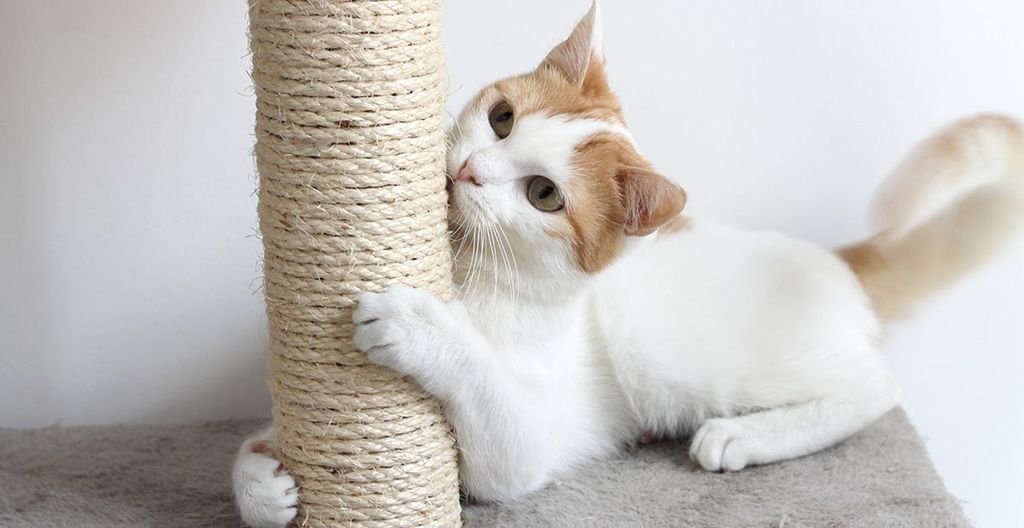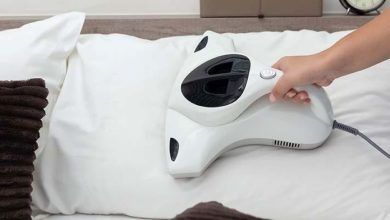
How to Stop a Cat From Scratching Furniture Without Declawing
Cats are known for their playful yet sometimes destructive tendencies, especially when it comes to furniture. Scratching is a natural behavior for felines, but it can cause frustration for pet owners. Fortunately, there are effective ways to prevent this behavior without resorting to declawing, a practice increasingly viewed as harmful to cats’ well-being. In this guide, we’ll explore practical solutions, training techniques, and why understanding your cat’s behavior is key. You can also explore Homepetusa for more insights into pet care.
Why Do Cats Scratch Furniture?
Understanding why cats scratch is the first step toward solving the problem. Scratching serves several purposes:
- Marking Territory: Cats have scent glands in their paws, so scratching is a way of claiming ownership.
- Sharpening Claws: Scratching helps cats shed the outer layers of their claws to keep them healthy.
- Stretching: It provides an excellent full-body stretch for their muscles.
- Releasing Energy or Stress: Scratching can be an outlet for pent-up energy or anxiety.
By understanding these natural instincts, you can address the behavior constructively.
Provide Suitable Alternatives to Furniture
The most effective way to stop your cat from scratching furniture is to provide them with alternatives. Scratching posts, boards, or pads are excellent options. To maximize their appeal:
- Choose the Right Material: Cats prefer rough textures like sisal rope, corrugated cardboard, or wood.
- Vary the Options: Some cats enjoy vertical scratching surfaces, while others prefer horizontal ones.
- Strategic Placement: Place the scratching post near the furniture your cat likes to scratch or in areas they frequent.
Positive Reinforcement Works Wonders
Reward your cat whenever they use a scratching post instead of furniture. Treats, toys, and affection can reinforce this behavior effectively. Consistency is crucial; be sure to reward them immediately after they scratch in the right place.
Using this method can help create a positive association for your cat while saving you from costly furniture repairs. Speaking of costs, understanding expenses like the cat food cost per month is also essential for responsible pet ownership. For more detailed insights, you can click on https://homepetusa.com/pet-food/how-much-does-cat-food-cost-per-month/.
Deter Your Cat From Scratching Furniture
To make furniture less appealing, try these methods:
- Double-Sided Tape: Cats dislike the sticky feeling, so placing tape on furniture can deter them.
- Citrus Spray: Cats dislike citrus scents, making it an effective, natural deterrent.
- Protective Covers: Use furniture covers or slipcovers until your cat is fully trained.
Trimming Your Cat’s Nails
Regular nail trimming can reduce the damage caused by scratching. Use pet-safe clippers and trim only the sharp tips of their claws. If you’re unsure how to do this safely, consult your veterinarian or a professional groomer.
The Role of Environmental Enrichment
Boredom often leads to destructive behaviors. Enrich your cat’s environment with toys, interactive games, and climbing structures. A well-stimulated cat is less likely to use your furniture as a scratching post.
Behavioral Training Techniques
Cats can be trained to scratch in appropriate places. If your cat scratches furniture, gently redirect them to a scratching post. Over time, they’ll associate the post with positive experiences.
Why Declawing Is Not the Solution

Declawing is a painful surgical procedure that involves removing the last bone of each toe. It can lead to long-term physical and psychological problems, including chronic pain and behavioral issues.
Organizations like the American Veterinary Medical Association (AVMA) recommend alternatives to declawing. Understanding these risks underscores the importance of using humane methods to manage scratching.
Related: Is Cat Food Bad for Dogs? A Closer Look at What Happens When Dogs Eat Cat Food
Using Cat Nail Caps
Nail caps are small, soft covers that can be glued onto your cat’s claws. They prevent damage to furniture while allowing your cat to stretch and scratch harmlessly. They’re a temporary but effective solution for persistent scratchers.
When Should You Seek Professional Help?
If your cat continues scratching despite your efforts, consult a veterinarian or feline behaviorist. They can provide tailored advice and rule out underlying medical issues contributing to the behavior.
FAQs
How can I redirect my cat’s scratching behavior?
Place scratching posts near furniture your cat scratches and reward them for using the post. Deterrents like double-sided tape can also help.
Are there specific materials cats prefer for scratching posts?
Yes, materials like sisal rope, corrugated cardboard, and wood are highly appealing to cats.
How often should I trim my cat’s nails?
Trim your cat’s nails every 2–4 weeks, depending on their growth rate.
What are the risks of declawing?
Declawing can cause chronic pain, behavioral issues, and increased sensitivity in a cat’s paws. It’s considered inhumane by many animal welfare organizations.
Can nail caps harm my cat?
When applied correctly, nail caps are safe and effective. They typically last 4–6 weeks before needing replacement.
Related: Why cat eat grass?
What should I do if my cat doesn’t like scratching posts?
Experiment with different materials, orientations (vertical or horizontal), and locations to find what your cat prefers.
Conclusion
Stopping your cat from scratching furniture without declawing is achievable with patience, understanding, and the right tools. By offering alternatives, using deterrents, and enriching their environment, you can create a harmonious home for both you and your feline friend. Remember, scratching is a natural behavior, and addressing it humanely strengthens the bond between you and your cat.





